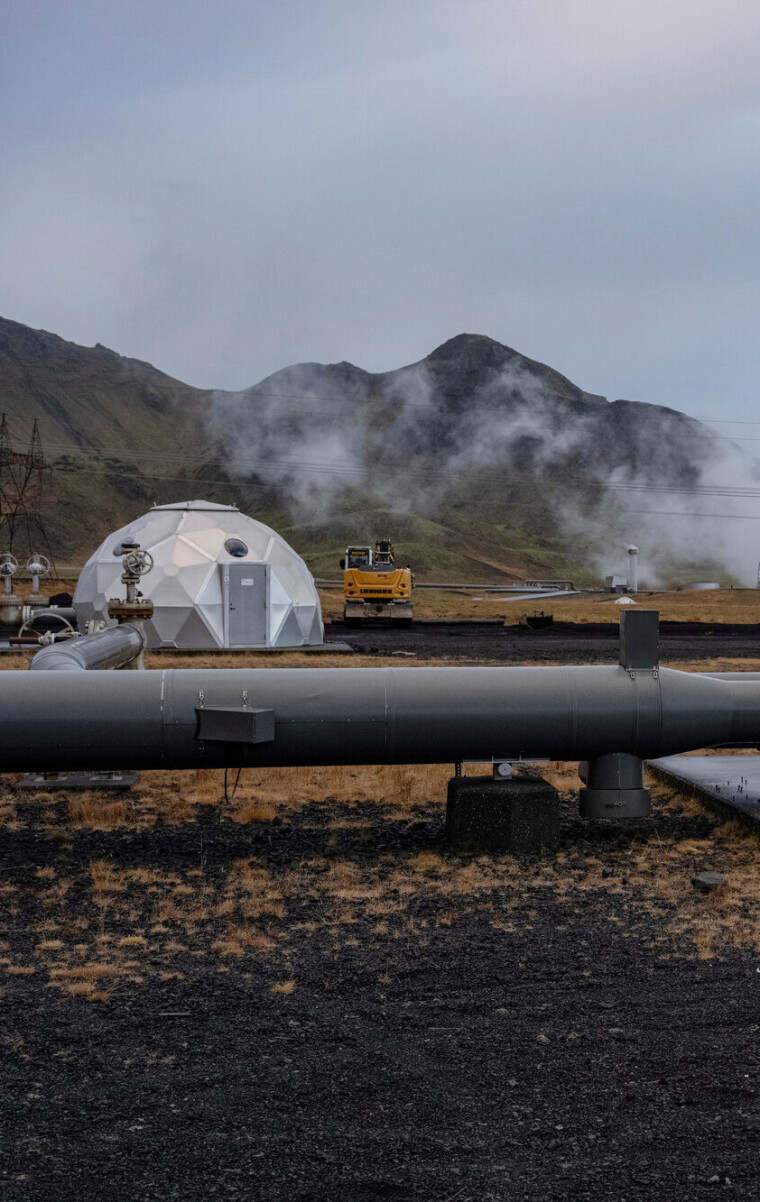
Beneath this facility in Iceland, the volcanic rock is filled with something special.
Crystals made from the gas CO2.
Researchers are now exploring whether the same could be done off the coast of Norway.
The dream of storing CO2 forever.
"In this cavity, you can see some white material," says Jan Braly Kihle.
On his computer screen, he has zoomed in on a dark rock speckled with black and white.
The scent of petroleum still lingers in the black spots.
While the white ones contain what the researchers are trying to achieve.
The transformation of CO2 into a solid substance, one that cannot leak out.
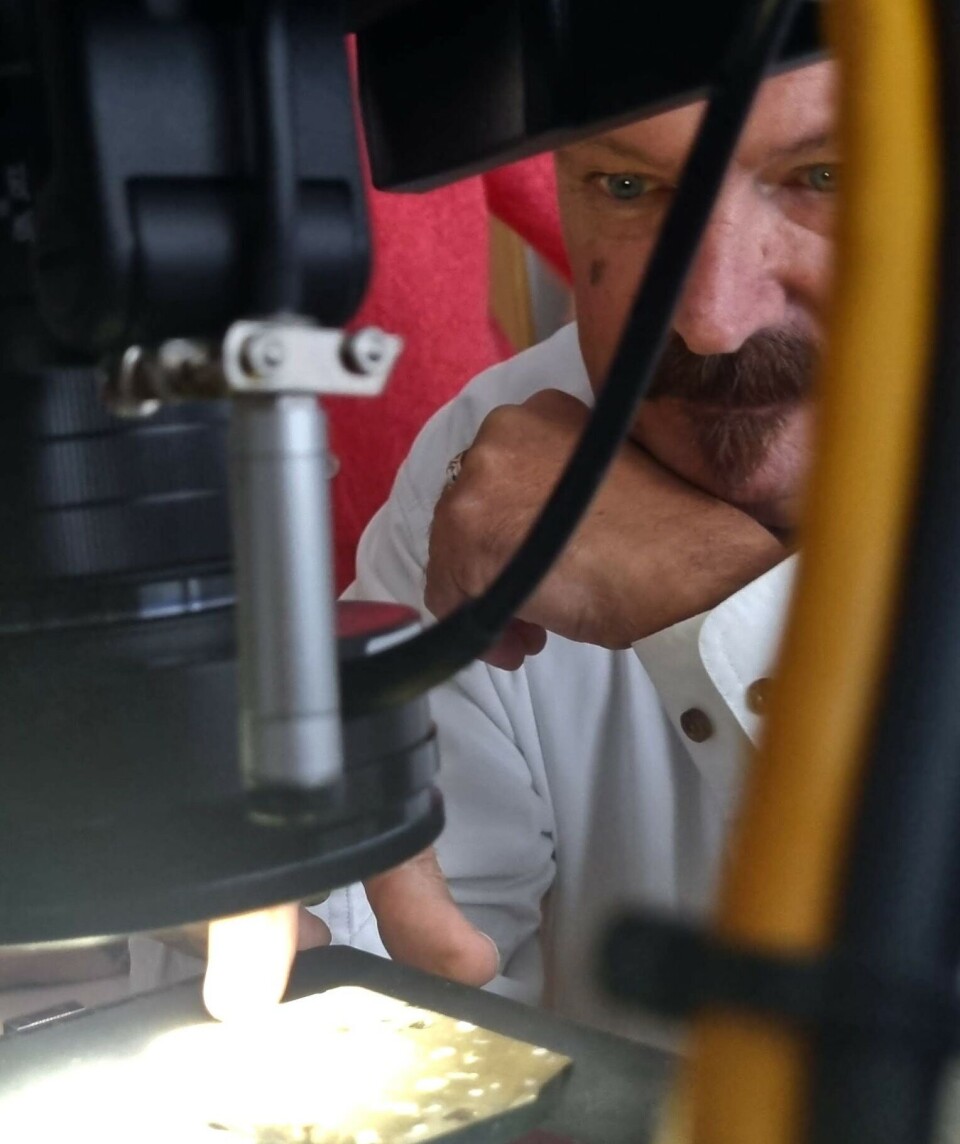
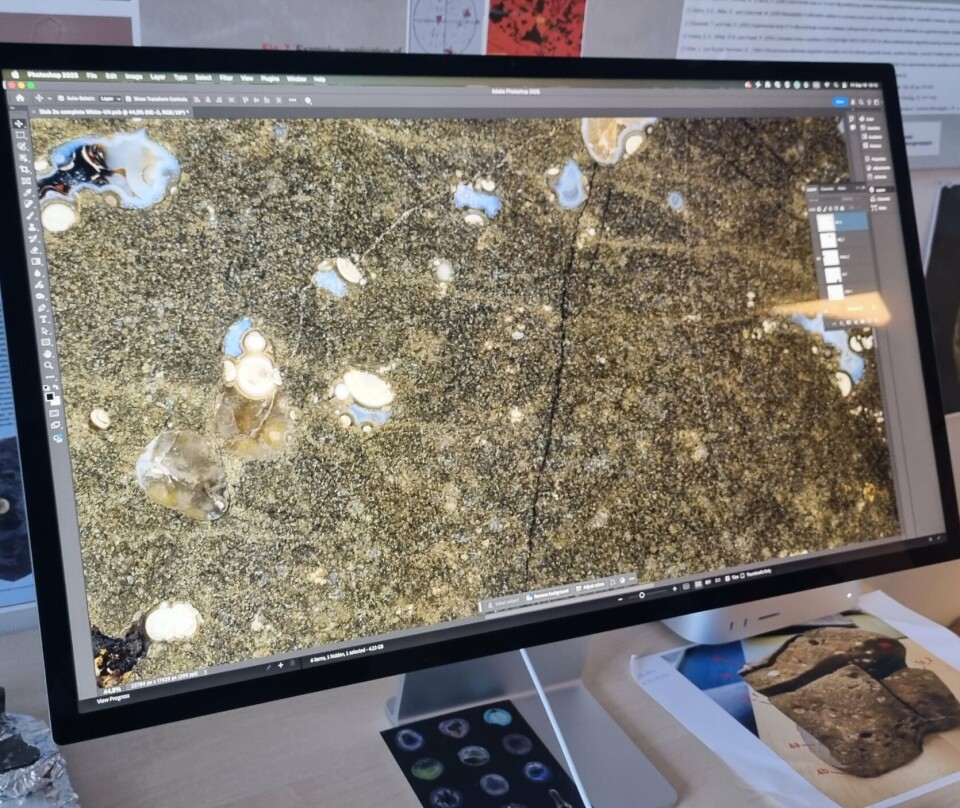
Tiny CO2 crystals
The minerals that light up on Kihle’s screen formed naturally millions of years ago.
Lava that poured out from deep within the Earth solidified into heavy basalt rock.
As the lava cooled, CO2 and other gases were compressed into small pockets, Kihle explains.
The gases then reacted with other substances in the volcanic rock, crystallising into hard minerals.
Kihle zooms in on a particular spot.
"The central, inner part is calcite," he says.
Small crystals made of calcium and CO2.
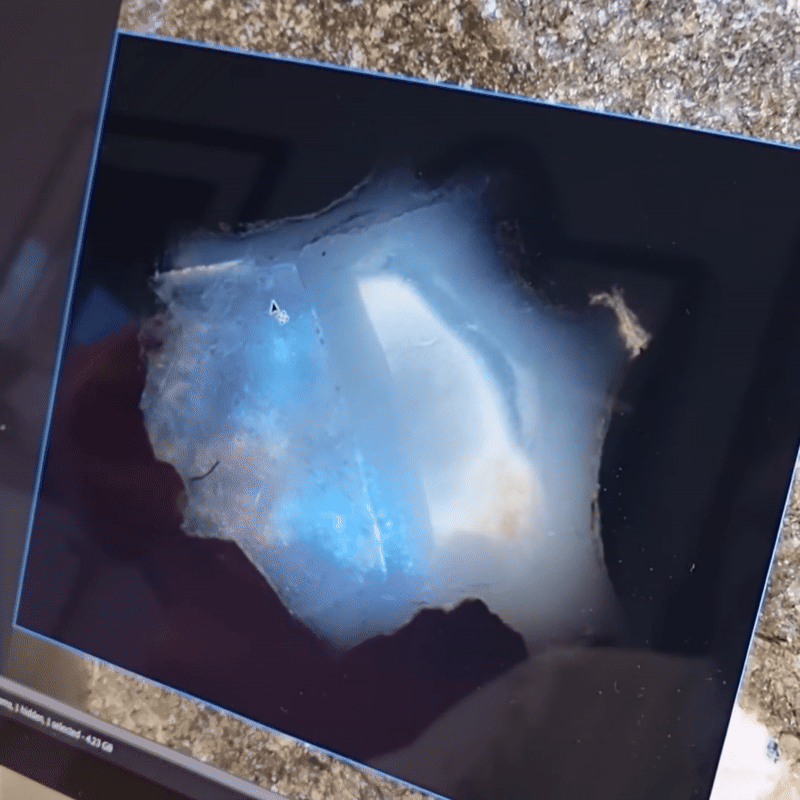
Differs from the classic idea
"It’s a very appealing idea," says Martin Fernø.
He researches carbon capture and storage at the University of Bergen.
Not far from his office, the Northern Lights project is now underway, storing CO2 emissions for the first time in Norwegian history.
"Northern Lights has a more classic reservoir," says Fernø.
Outside Bergen, liquid CO2 arrives in specially built ships and is pumped through a 100-kilometre-long pipeline.
The endpoint lies far below the seabed.

Earthquakes can cause leaks
Down here, it’s not solidified lava that will receive our emissions.
It’s sandstone.
Sand once washed into the sea millions of years ago, later compressed into a porous rock.
A shale layer above the sandstone acts as a seal to prevent the gas from leaking back out.
But earthquakes and other disturbances could still cause leaks.
The risk of leakage is greater than assumed, the University of Bergen wrote in 2020 (link in Norwegian). More recent research suggests that two layers beneath the seabed could even flip, allowing the gas to leak out.
Doubtful it will replace today's technology
Still, Fernø is not convinced that volcanic basalt will replace today’s technology.
"I think it will play a role in the future, especially in the regions where it’s already being done," says Fernø, referring to Iceland.
"But I’m a bit more doubtful about whether this will actually become a major Norwegian technology," says the researcher.
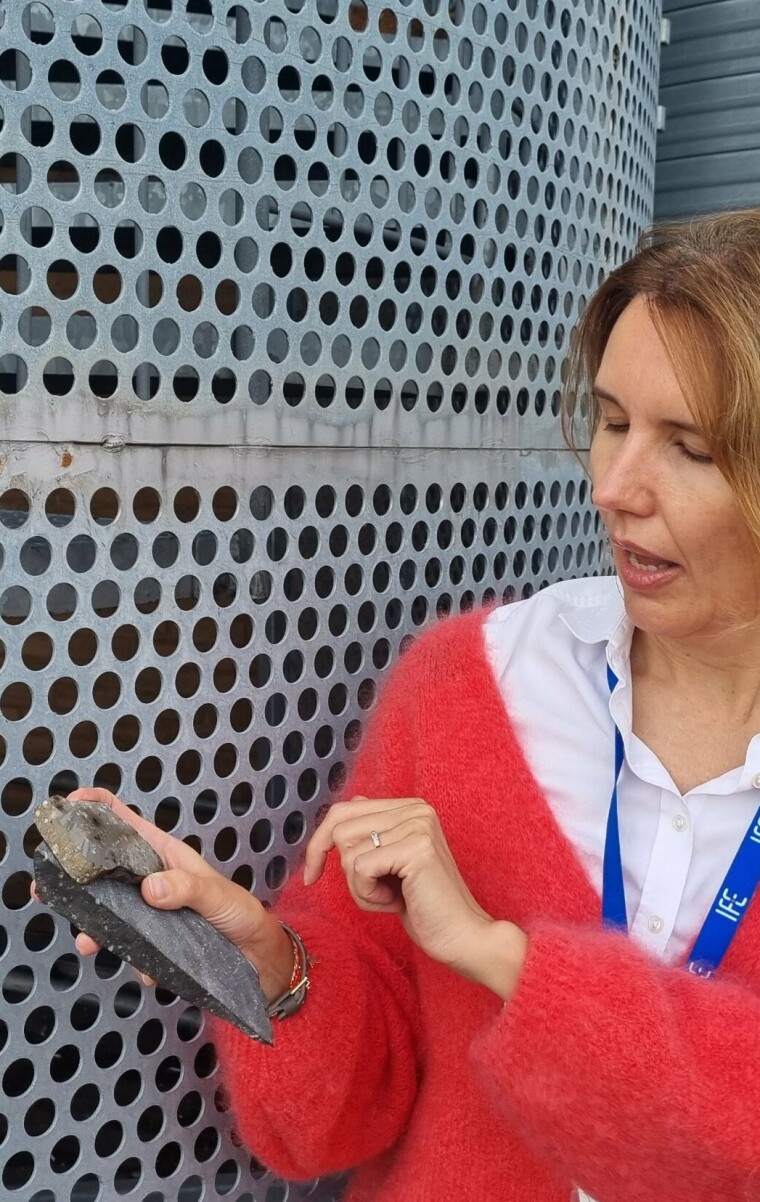
Viktoriya Yarushina has heard arguments for and against the basalt idea for nearly 20 years.
She heads the research group at the Institute for Energy Technology (IFE) that studies the storage of CO2 in volcanic rock.
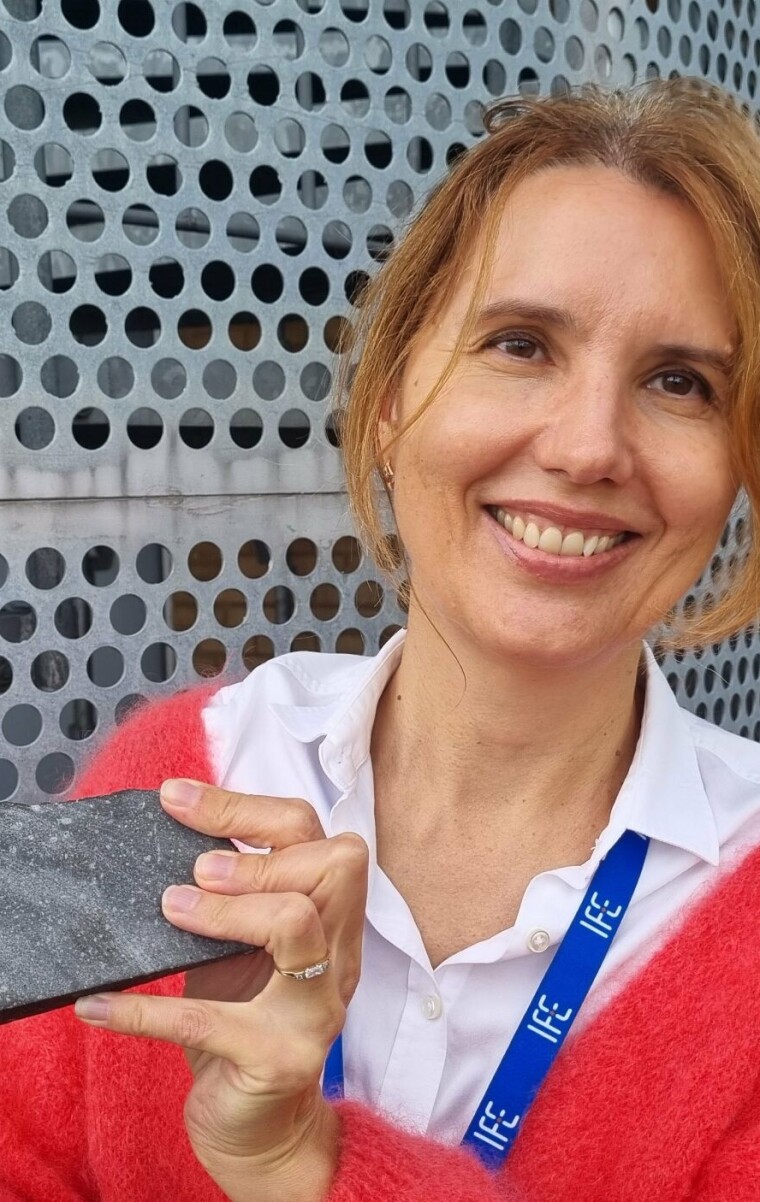
“When I did my PhD in geology at the University of Oslo, it was a very popular idea,” says Yarushina.
“I kept hearing, ‘We just have to inject it into basalt. It’s cool, it’s great, it’s safe.’”
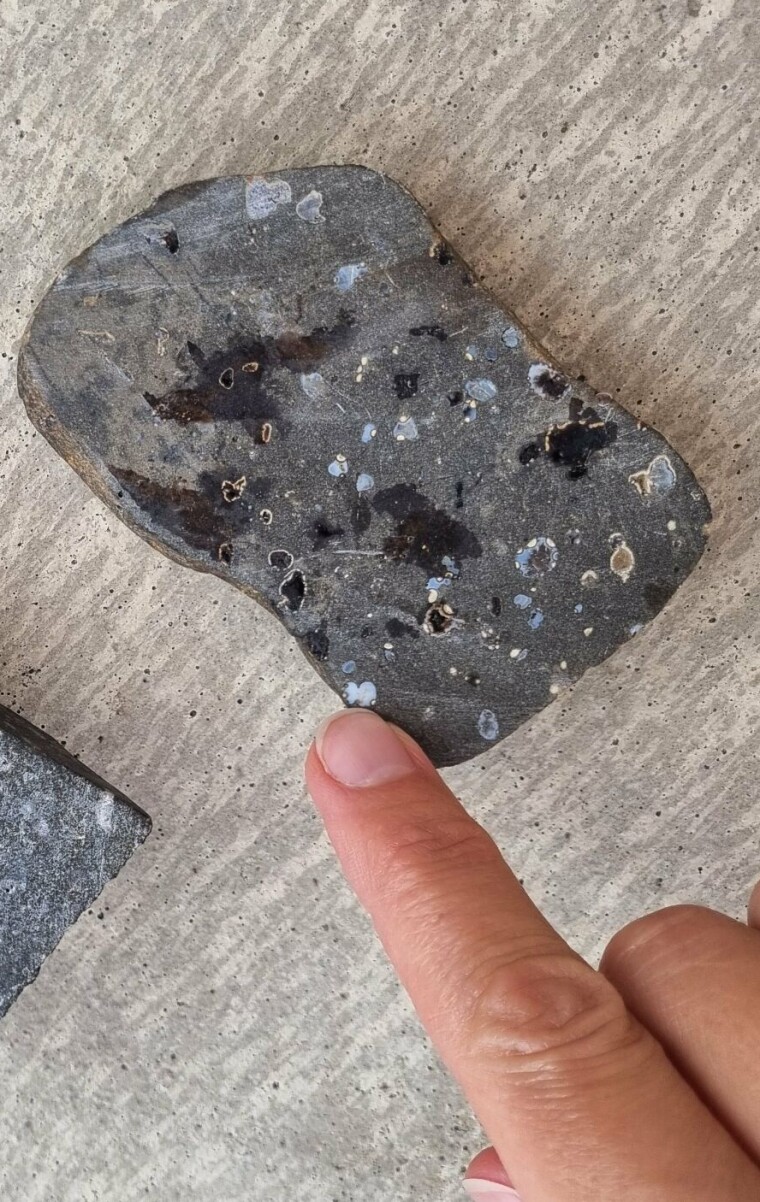
But many doubted whether the idea was even possible.
Some argued that CO₂ could never penetrate the hard rock.
Others thought the gas would take an eternity to turn into stone.
Maybe a thousand years. Maybe thousands.
But then, in 2016, the results from the Icelandic pilot study were released.
They had injected 230 tonnes of CO2 into underground basalt.
And when they took samples of the volcanic rock two years later, they were in for a surprise.
A whole 95 per cent of the gas had turned into minerals.
Large quantities off the coast of Norway
Still, neither researchers, authorities, nor industry rushed to adopt the idea.
But change may be coming.
Far out in the ocean off Nordland’s coast, south of Lofoten, a ship carrying a team of German researchers has been at sea for five weeks.
From the ship, senior scientist Ingo Klaucke explains what they’re doing.
"Basalt deposits exists in large quantities offshore Norway," he says.
Klaucke works at Germany’s ocean research institute GEOMAR, which is collaborating with Norway’s IFE on a major project called PERBAS.
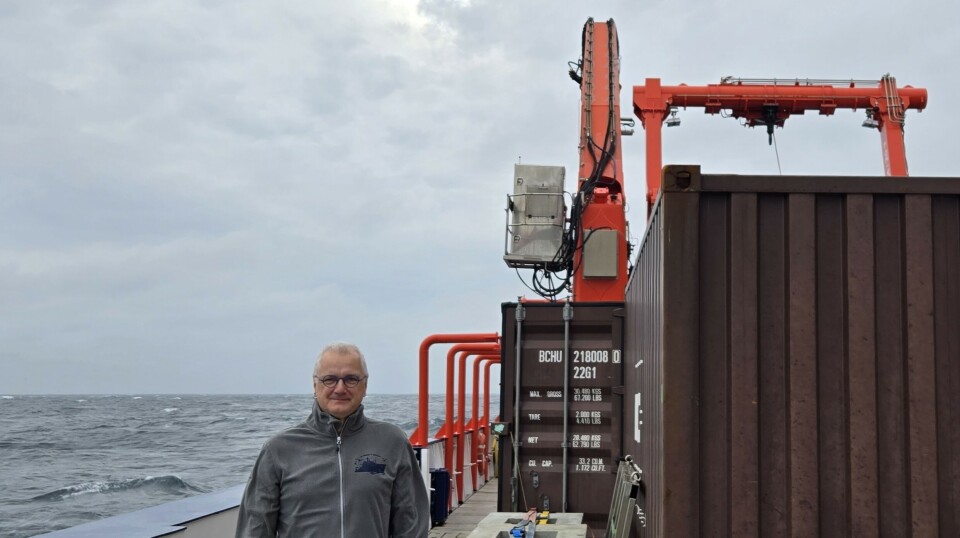
The basalt must have the right properties
During two earlier expeditions, researchers drilled samples of basalt from the Vøring Plateau.
They looked promising.
The volcanic rock must have the right properties to be used for carbon storage.
CO2 must be able to penetrate the rock. And the gas needs many cavities to hide in.
Researchers at GEOMAR have now mapped the entire area using seismic and electromagnetic surveys.
"The aim is to determine whether the basalt below the Vøring Plateau would be suitable to store huge quantities of CO2, or whether the porous rocks only exist close to the drill hole," says Klaucke.
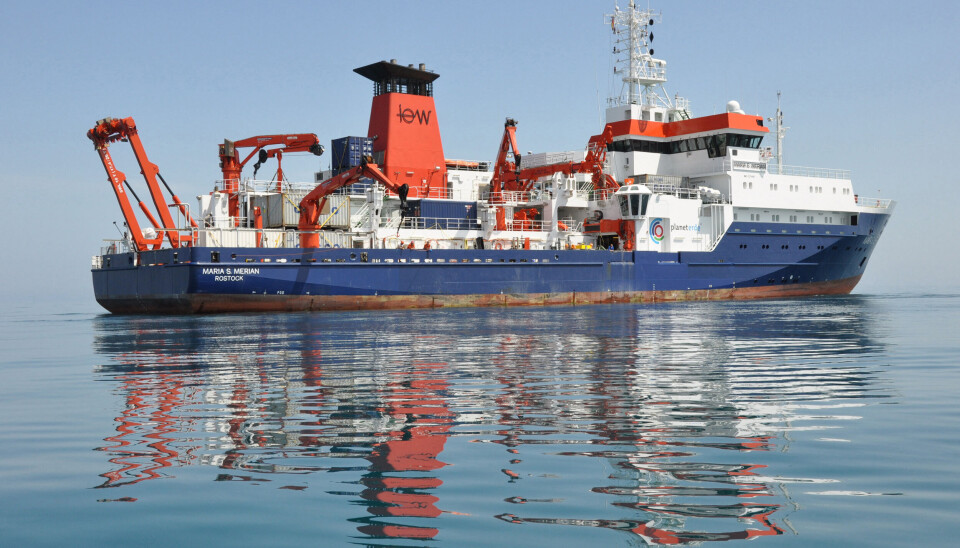
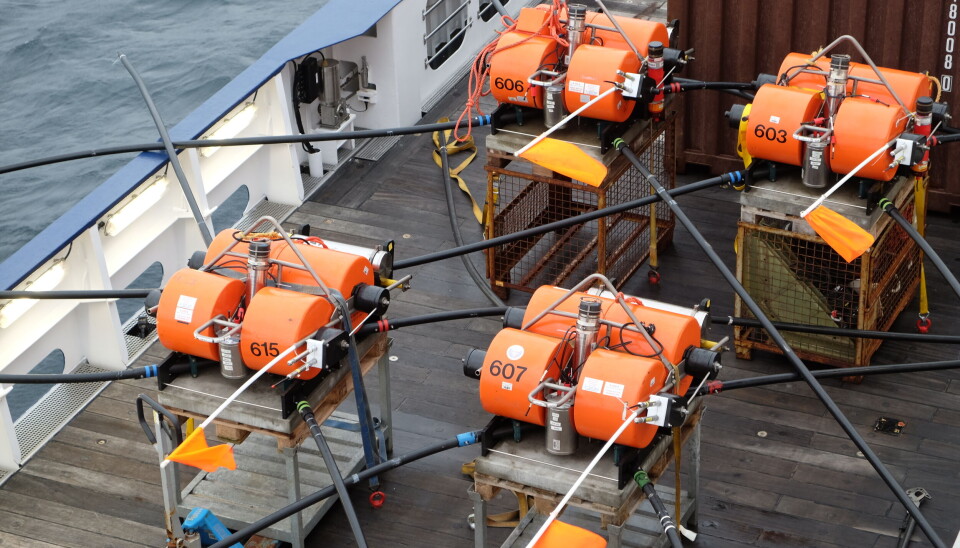
Injected “like sparkling water"
But storing CO2 in volcanic rock has a catch, says Martin Fernø at the University of Bergen.
"The main argument against it is that there’s a very high cost per tonne of CO2 pumped down," he says.
While CO2 can be pumped directly into a traditional reservoir, the gas must be mixed with water before being injected into basalt.
Most viewed
"It basically becomes sparkling water," says Fernø.
In other words, enormous volumes of water must be injected into the basalt for a relatively small amount of gas.
Many small projects
Yarushina, however, believes that the philosophy behind this project is a bit different.
"Perhaps the future isn’t about large projects, but about having many simple ones," says the IFE researcher.
In the PERBAS collaboration, she and her colleagues have published a study simulating how fluid flows through basalt as CO2 binds within it.
"We should stay ahead and uncover things"
Martin Fernø agrees that simpler solutions might be needed.
Especially for smaller companies that want to cut emissions.
"There could be something there. A complementary technology used on a smaller scale in many places," he says.
Either way, it’s important that researchers explore the possibility, he points out.
"We’re supposed to stay ahead and uncover new things. So in that sense, I find it very exciting," says Fernø.
Images: from the Carbfix plant in Iceland: Reuters / Marko Djurica; from IFE: Eldrid Borgan / Science Norway.
———
Translated by Alette Bjordal Gjellesvik
Read the Norwegian version of this article on forskning.no
Related content:
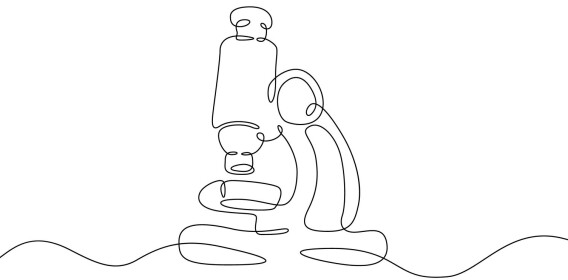
Subscribe to our newsletter
The latest news from Science Norway, sent twice a week and completely free.






































